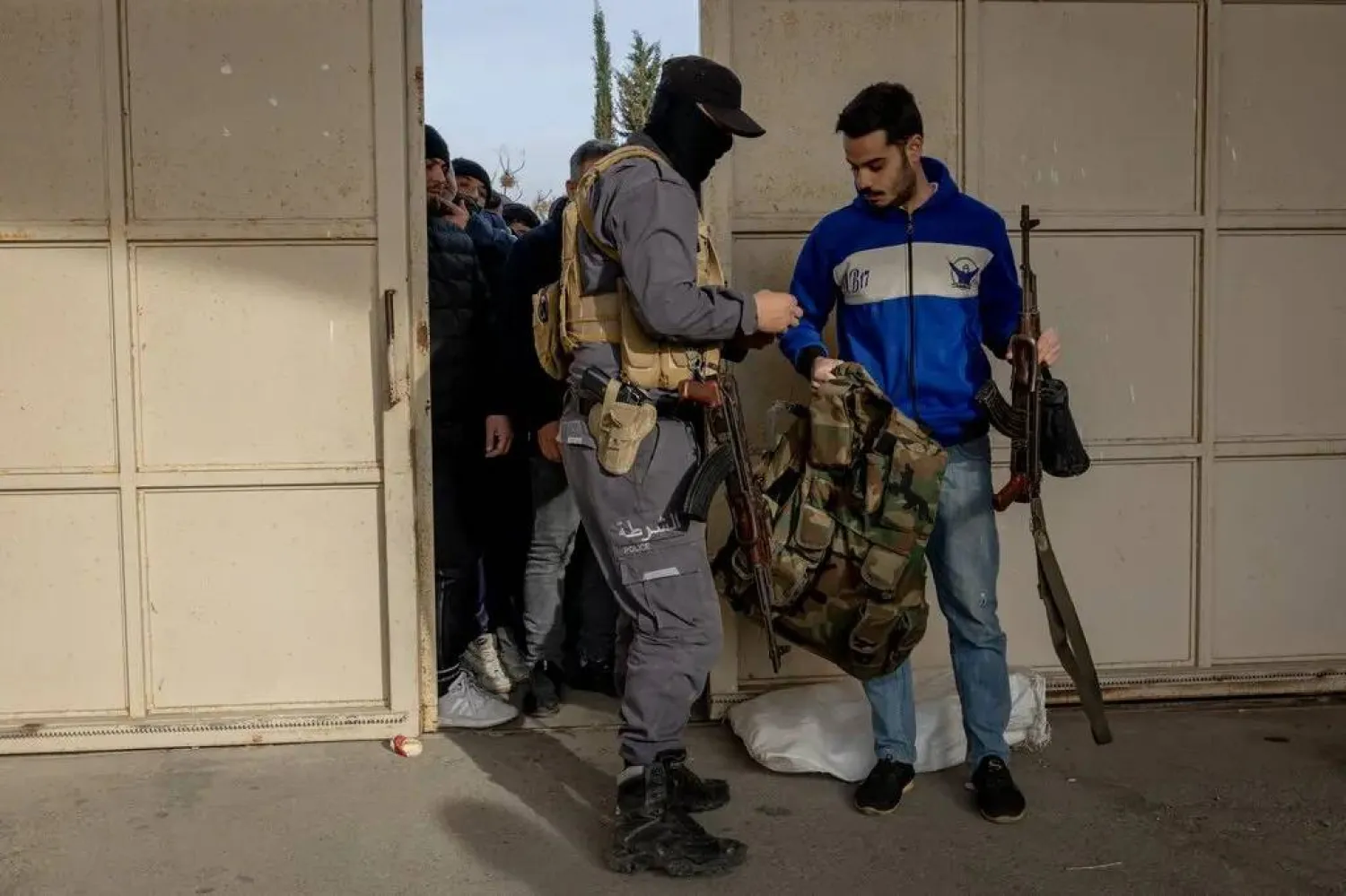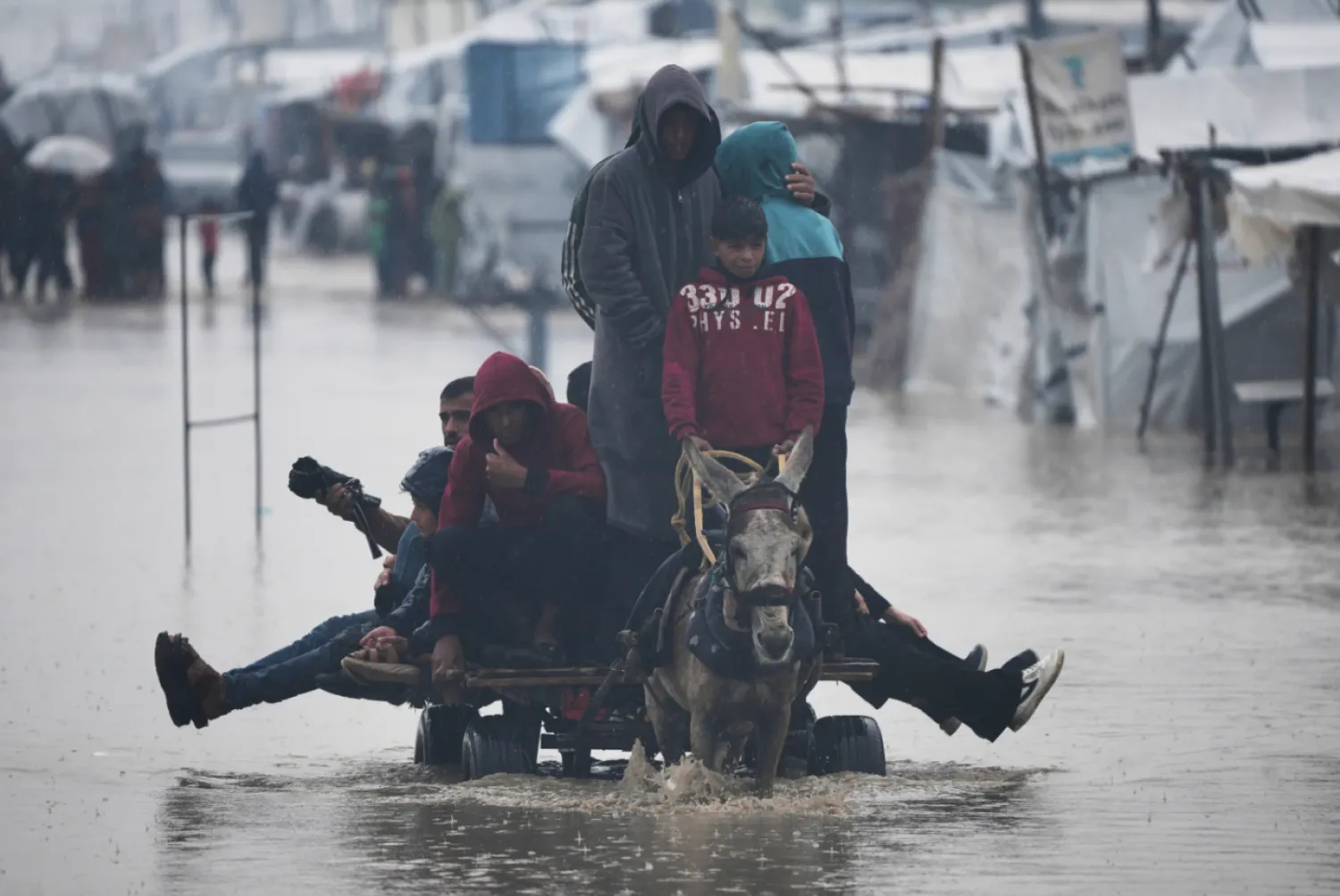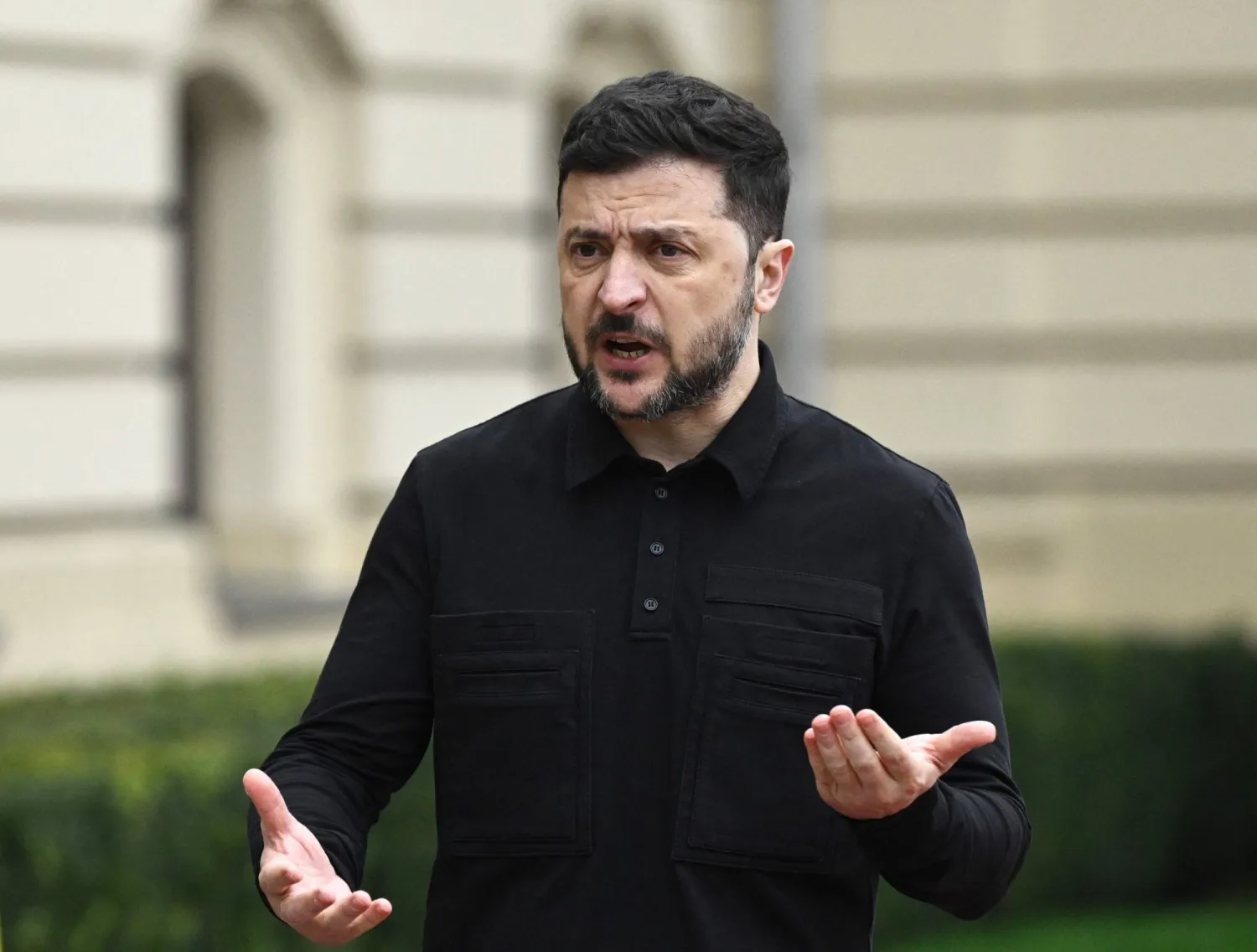The sudden appearance of Ahmed al-Dabashi, a prominent human trafficker on an international blacklist, in Libya after a two-year absence has raised many questions. Dabashi, also known as "Ammu", had emerged in the western city of Sabratha, days after the Government of National Accord (GNA), captured it.
The United Nations Security Council had in June 2018 imposed sanctions against four Libyans, including Dabashi, for human trafficking. Since then, he had disappeared from Libya, until last week, when he was seen with other wanted suspects among the GNA forces.
His emergence coincided with Libyan National Army (LNA) spokesman Ahmed al-Mismari's announcement that members of the al-Qaeda, ISIS and Ansar al-Sharia extremist groups had taken part in the attack launched by the GNA against Sabratha, Surman and several other cities on the western coast.
Head of a research and studies institute in Libya, Jamal Shalouf, told Asharq Al-Awsat that internationally wanted fugitives are fighting alongside the GNA. They include Dabashi and Abdulrahman al-Miladi, also known as "al-Bidja".
He revealed that some 400 prisoners have been released from Surman jail, according to GNA justice ministry estimates. Some of the released inmates include suspects charged with supporting ISIS in Sabratha.
"Many of the prisoners have a long history of kidnapping, murder and armed robbery," he added.
The wanted international fugitives will try to "impose themselves" on the scene in Libya through reprisals against the people, especially LNA supporters, warned Shalouf.
Mismari had on Sunday announced that Saleh al-Dabashi, Ahmed's brother, was arrested by the LNA in al-Twaisha region south of Tripoli.
Saleh is a major human trafficker in the region and he was detained along with several mercenaries and Libyan fugitives.
Head of of the Republican Coalition party Ezzeddine Aguil said the emergence Ammu, or the "emperor of human trafficking" as he described him, "clearly means that several European countries were supporting militias in order to stem the flow of illegal migrants towards them."
He cited several media reports throughout the past two years that spoke of him receiving finds from Italian intelligence to stop the trafficking of people from Libya to Europe.
A spokesman for the GNA military operation against the LNA, Mustafa al-Majei dismissed claims that the government forces had released ISIS prisoners.
"Such allegations are only meant to deflect from the defeat," he told Asharq Al-Awsat.
He instead accused parties affiliated with the east-based government of releasing over 300 prisoners "in order to spread chaos" in liberated cities.
"We welcomed a United Nations investigation into the incident and we have cooperated with it to reveal the truth to all," he added.
"We do not harbor wanted terrorists," he stressed, saying all the LNA did was circulate photos of "Ammu" and adding that he is wanted on fuel smuggling, not terrorism, charges.









